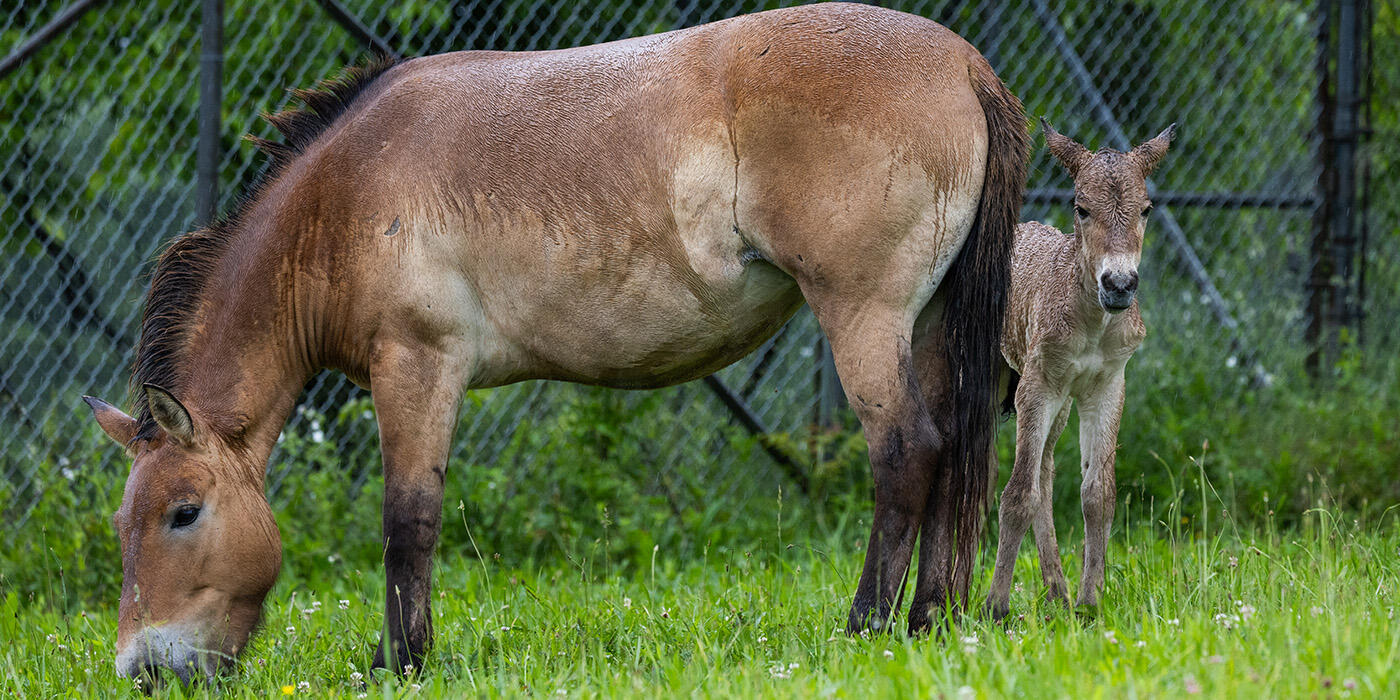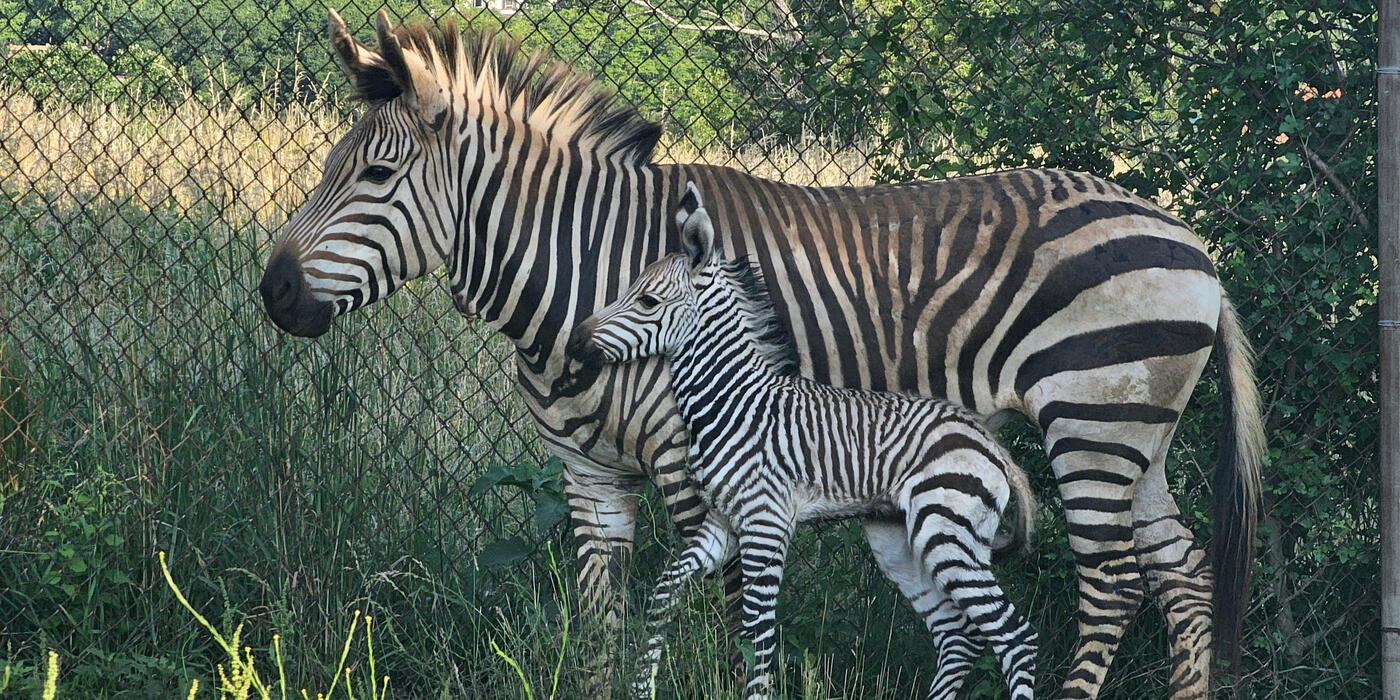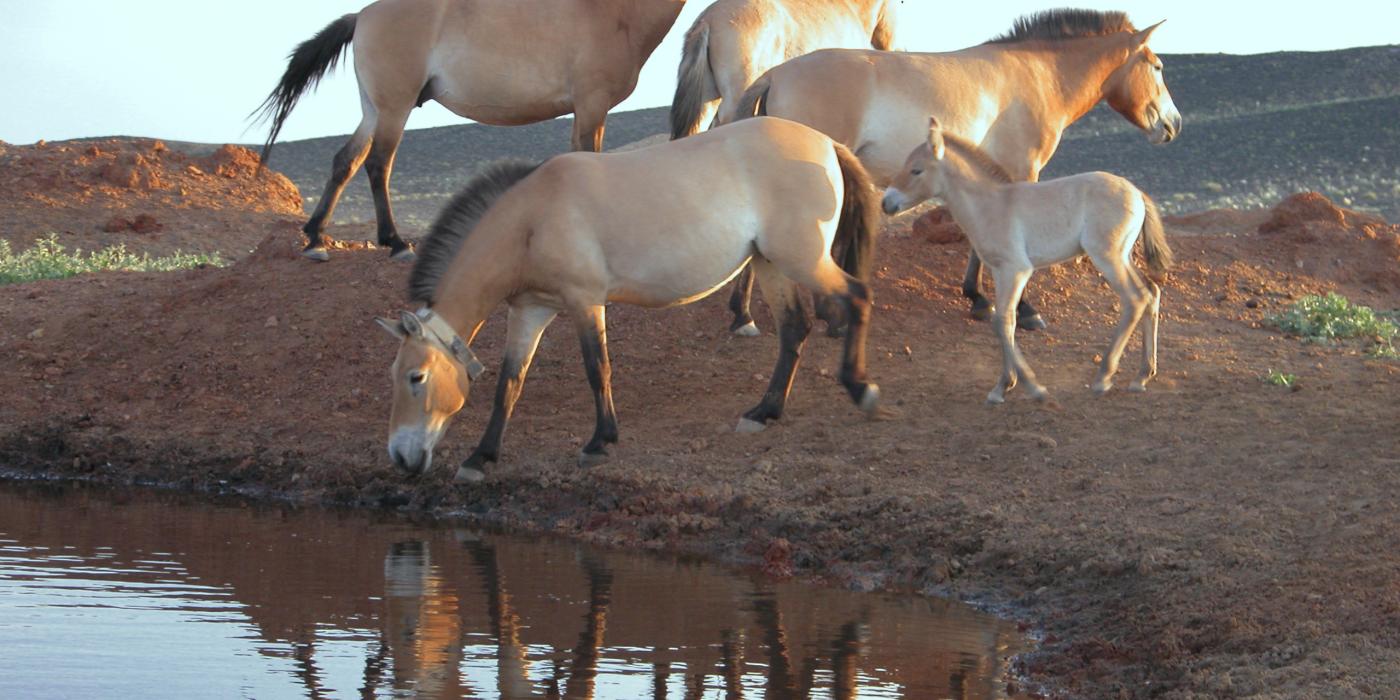New at the Zoo: Przewalski’s Horses
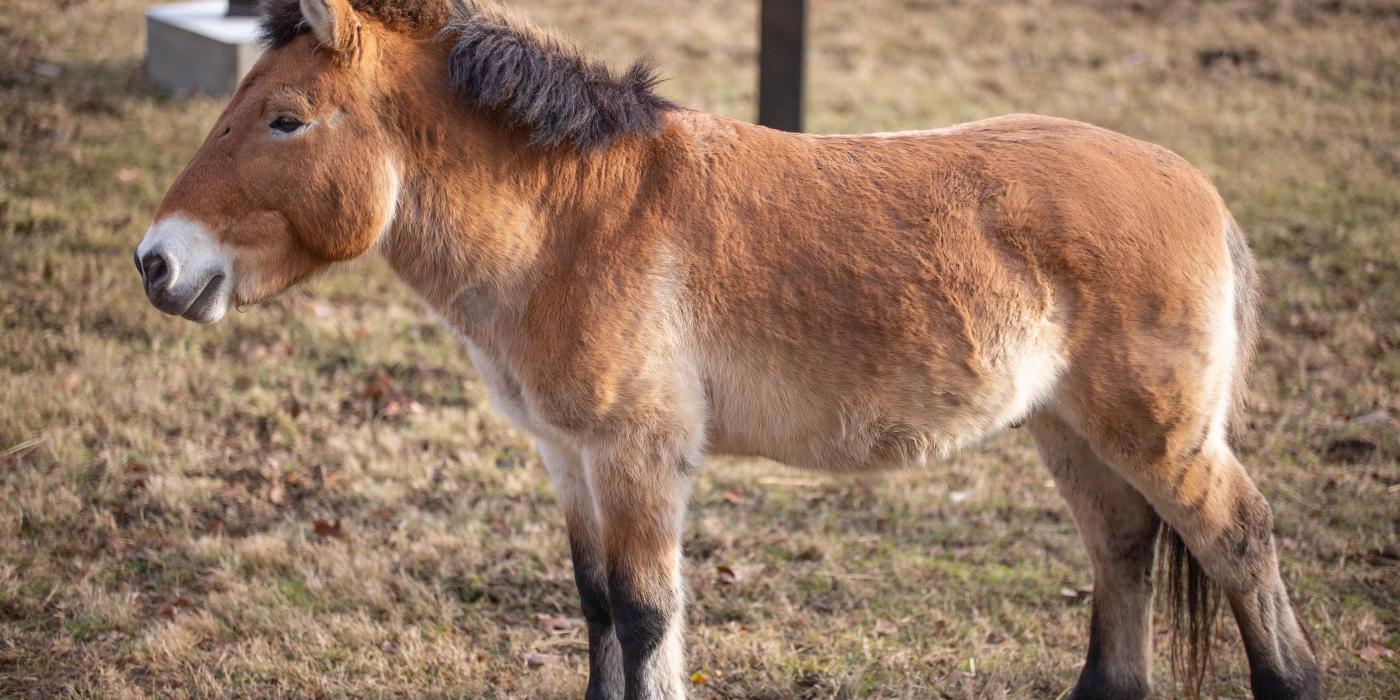
Two new neighbors have arrived at Smithsonian’s National Zoo. Meet Przewalski’s horse mother-son duo, Barbie and Cooper! Since their arrival in December, keeper Debbie Flinkman, assistant curator Marie Galloway and curator Tony Barthel have helped them acclimate to their new surroundings. Get to know their personalities and quirks in this Q+A.
What are Barbie and Cooper’s personalities like?
Although Barbie and Cooper likely separated naturally sometime after she weaned him, they are companionable and graze near each other. They watch out for one another as they would do in the wild and run together in solidarity to escape perceived danger.
Having worked with Barbie for a few months now, I find our 14-year-old mare to be smart, expressive and social. Cooper, our 10-year-old stallion, is much more reserved and sensitive than his mother, but he is also curious about his surroundings. Occasionally, he will display and assert dominance over her in defense of his hay or grain.
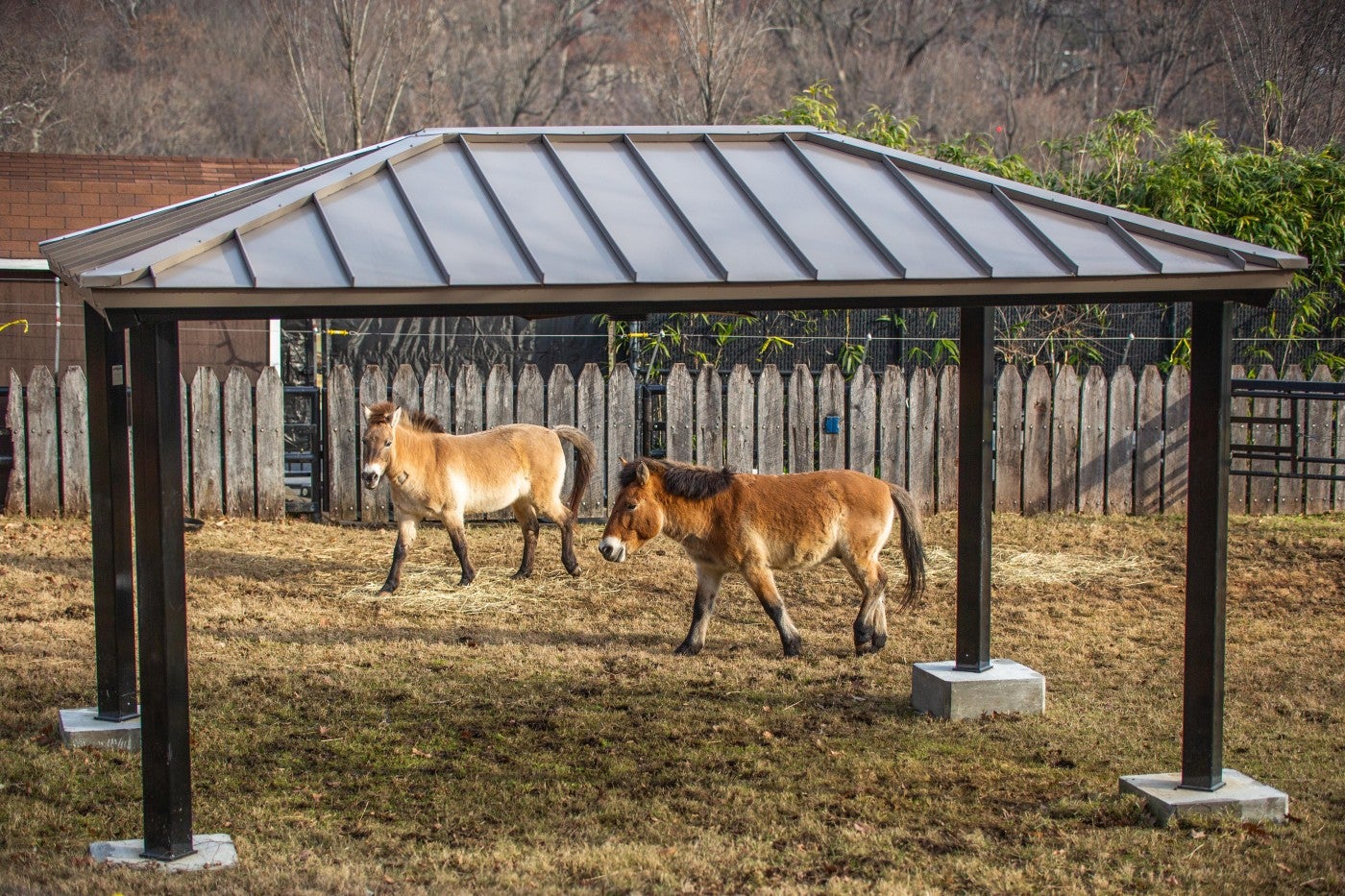
How do you tell them apart?
Cooper has a heavier build that is typical of male Przewalski’s horses. His most prominent features are his prominent cheek muscles, defined shoulders, deep-set chest and thick legs. Barbie is slighter in build and has a slim, feminine face. While her mane is fully roached (meaning it stands on end), Cooper’s is partially roached with some falling over his neck just behind his ears. His coat is two-toned in color; most of his body is the color of light rust save for his blond-tawny underside. Barbie’s coat is more of a uniform tawny-dun color.
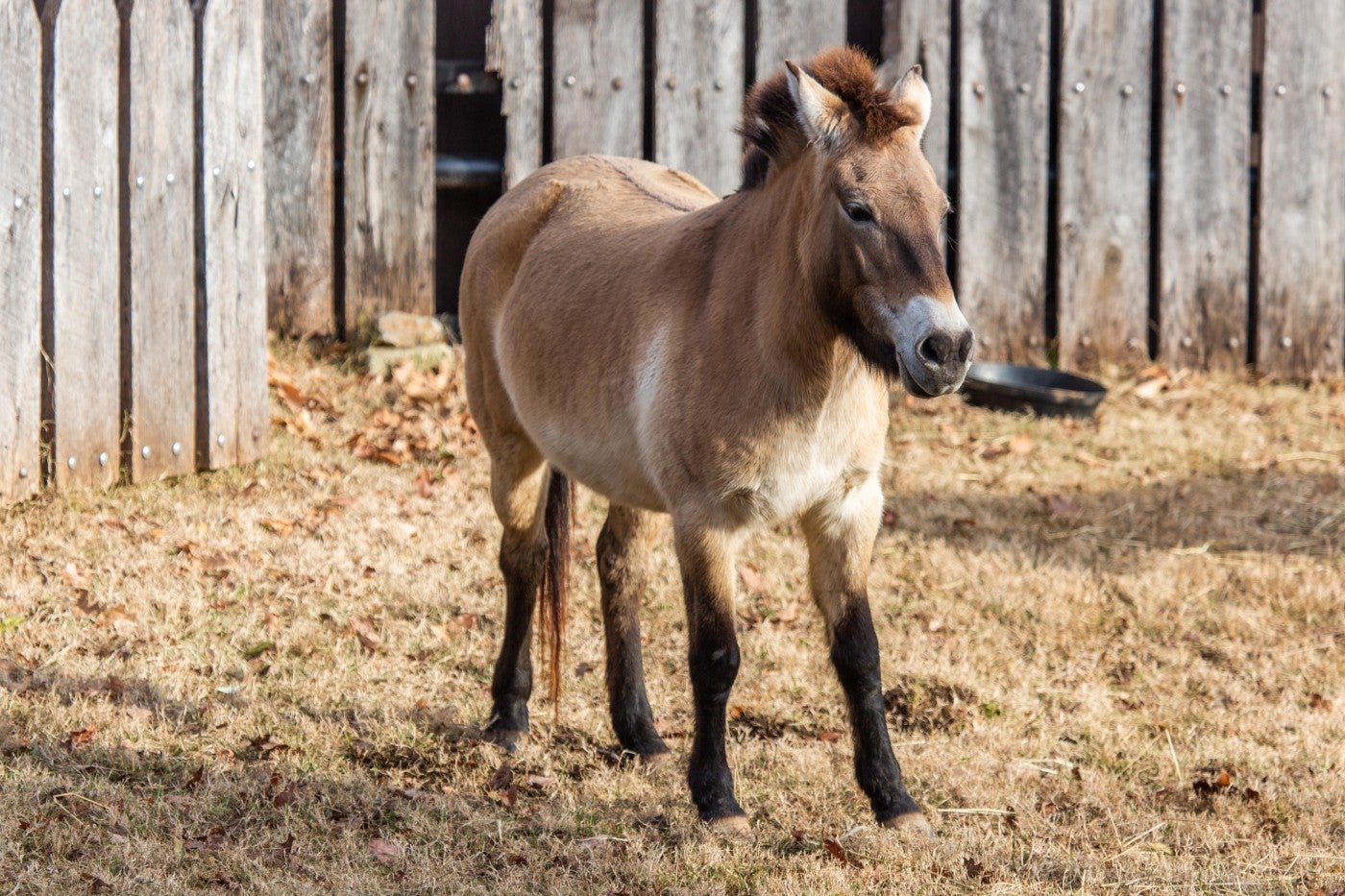
What do you enjoy most about caring for Przewalski’s horses?
While I love all horses, Przewalski’s horses are exciting to work with because they have never been domesticated or selectively bred. Their traits, instincts, demeaner, even intelligence have not been manipulated or changed for any human purpose. In their genes, they retain the some of the original phenotype and genotype, giving us a glimpse back in time at wild horses.
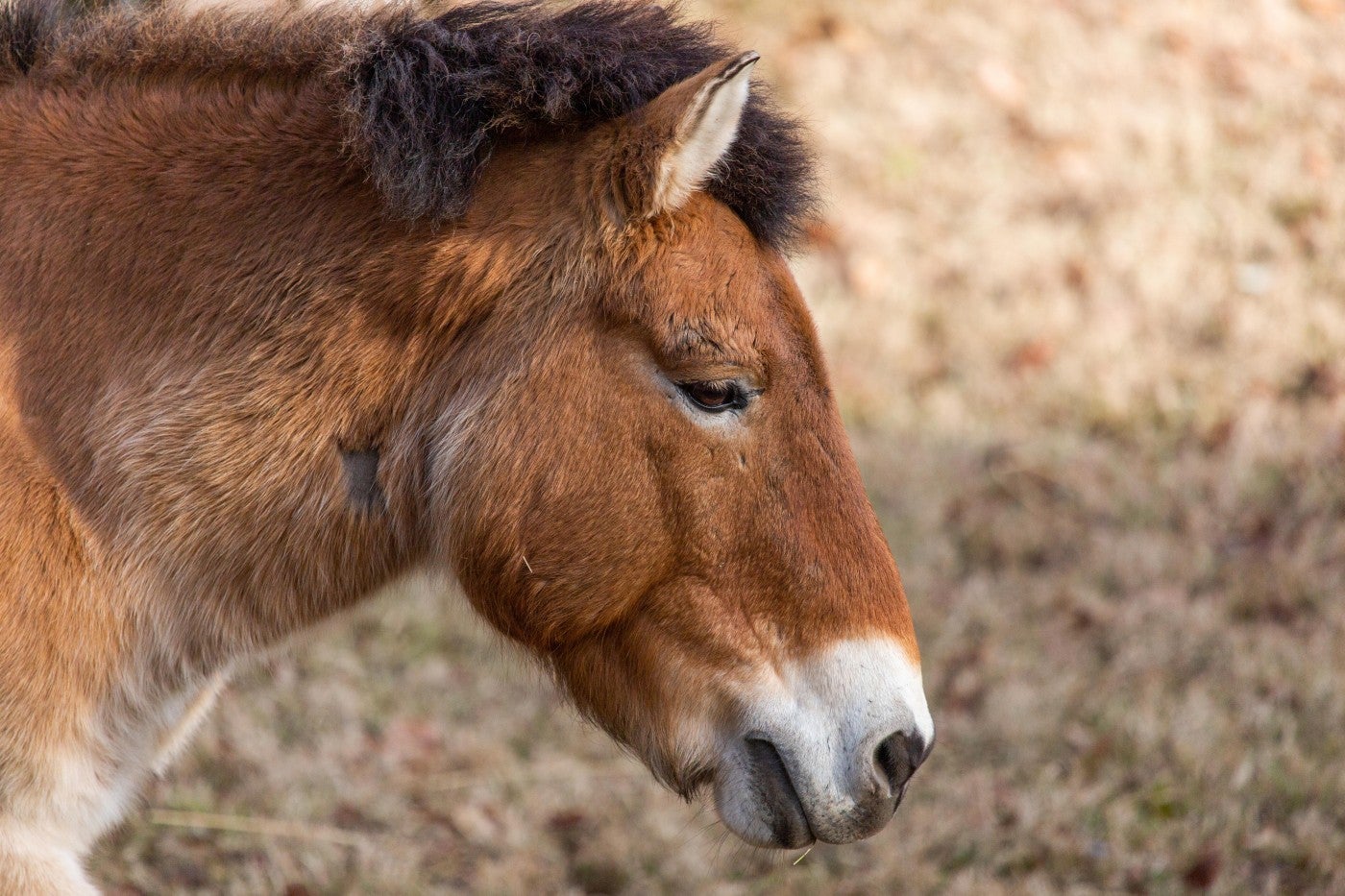
What are the challenges of caring for Barbie and Cooper?
Just over 3 months ago, both horses were in very different social settings than they are now. Barbie is no longer in a large herd; Cooper is no longer alone. The horses are acclimating to a new home, new caretakers, new sights and new sounds.
This can be a slow process for animals that are unhandled and untrained. Barbie and Cooper are not domesticated and are not used to close human contact, so their flight response to new people, objects and situation ranges from moderate to high. This is a desirable instinct for horses in the wild, but it means that our animal care team works diligently at building their trust and confidence in this new environment, reassuring them that it is safe.
Through our positive reinforcement training program, we have made progress in desensitizing Barbie and Cooper to their habitat and keepers. At present, they are shifting well between yards and will separate during mealtimes. At the Zoo, the Przewalski’s horses receive a mix of grass hay, hay cubes, and herbivore pellets. We also offer them carrots and sweet potatoes to encourage exploration of the barn's two stalls and to aid in shifting and desensitization.
Barbie seems more willing to engage with keepers for grain. I have touched Barbie's face briefly, and she has reached out on several occasions to sniff my hand. Cooper is becoming more comfortable with being closed into the barn for short periods while he eats, though he prefers to keep his distance unless I sit very still.
With routine desensitization, operant conditioning and habituation, we hope to settle the horses into their new home. Over time, we expect they will be more tractable and even seek out tactile interaction which might mimic social grooming, a natural behavior among horses. In future, we hope to be able to handle and trim their feet, give them a vaccination and weigh them on platform scales with their cooperation. At this stage in our relationship, however, both prefer not to be touched.
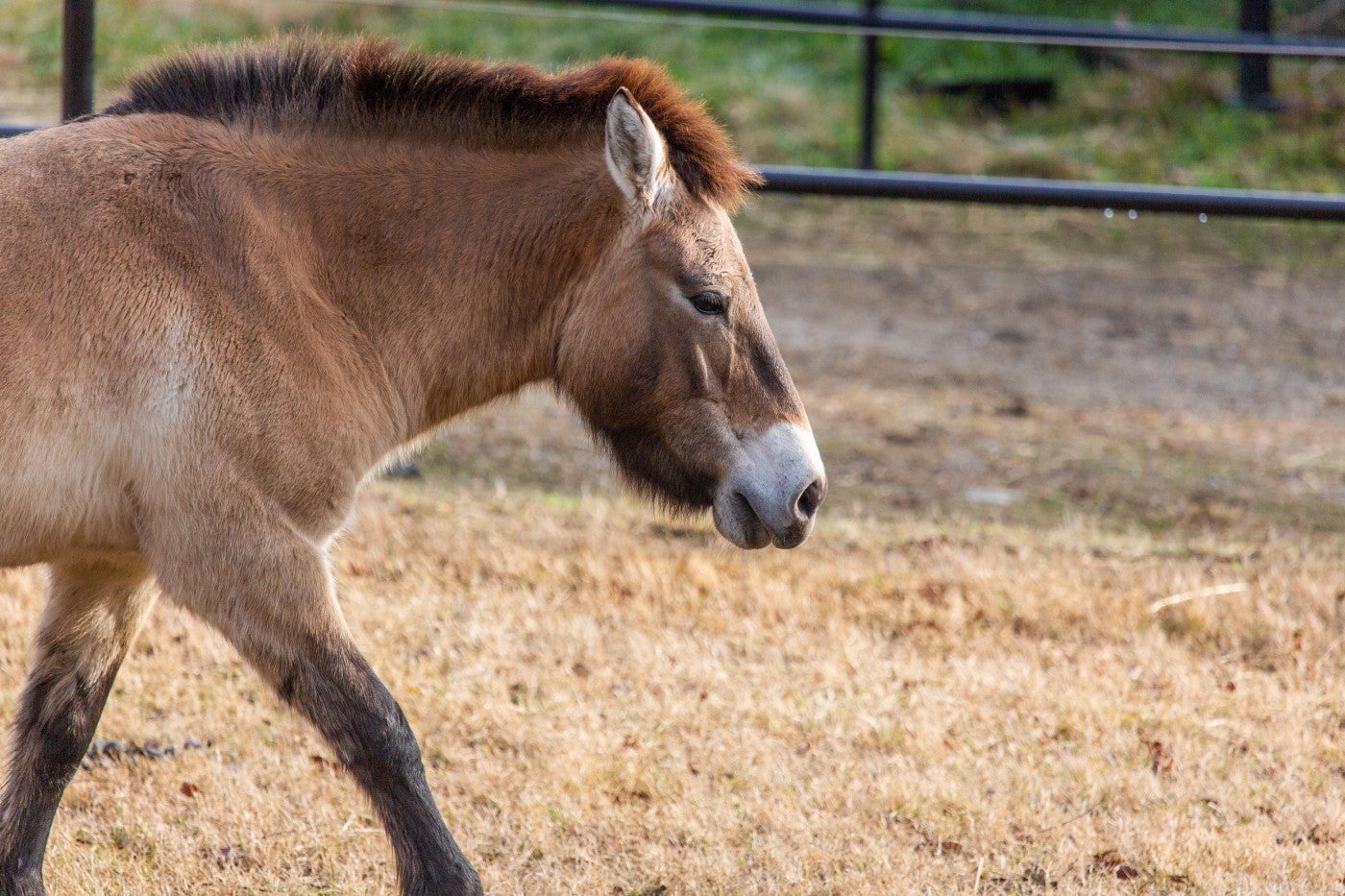
What kinds of enrichment do they receive?
To a Przewalski’s horse, every new object is initially treated as though it were a potential threat, including rubber tubs containing food and water. Recently, we introduced the horses to puzzle feeders. We filled two green plastic balls with chopped produce; the horses have to push or roll them around to make the treats fall out.
As they settle in, we are getting a better sense of how they interact with their environment. For example, there are at least two places where they prefer to roll on the ground to dry their coats and scratch their backs. They also seem to have established a favorite resting spot where they can often be seen lying down.
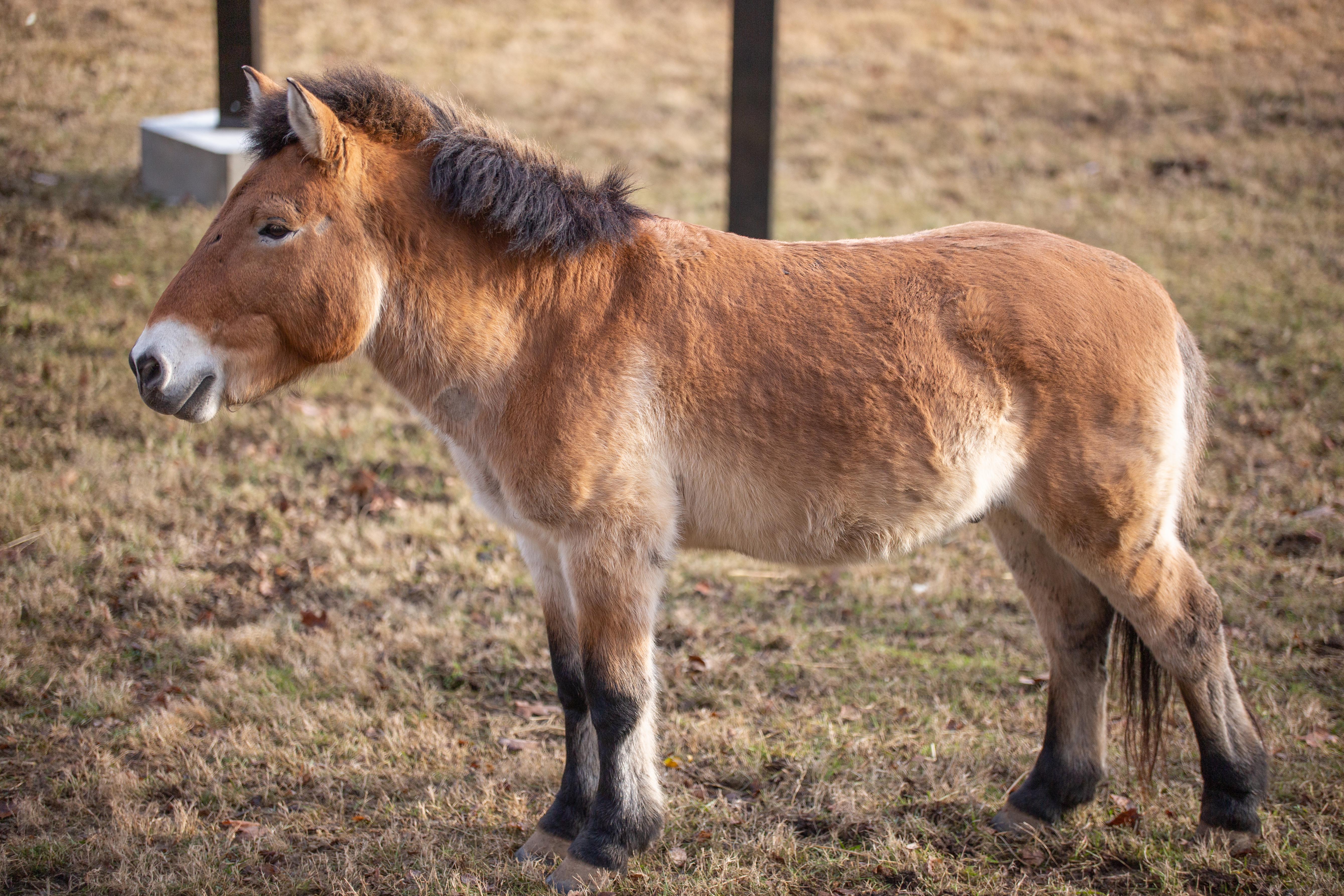
What do you hope visitors take away from meeting Barbie and Cooper?
Przewalski’s horses were once considered extinct in the wild, so the opportunity to see and appreciate them up close is really special. I hope that by meeting Barbie and Cooper visitors come to understand why this species is one worth saving.
Zoos and conservation organizations around the world have made significant contributions to the scientific community’s knowledge of Przewalski’s horse biology, behavior and breeding. We also work closely with our partners in China to reintroduce these wild horses to their native habitat—the steppes of Mongolia. Smithsonian Conservation Biology Institute scientists are currently studying the ways reintroduced horses explore and interact with their environment using GPS tracking devices. Thanks to the collective global effort to protect and save this species, the Przewalski’s horse is no longer on the brink of extinction.
This story was featured in the April 2021 issue of National Zoo News.
The Smithsonian’s National Zoo is temporarily closed to help prevent the spread of COVID-19.Our whole team works diligently to care for our animals and keep you connected to the Zoo. With your support, our conservation mission continues. If you can, please join us in this important work by making a donation today. On behalf of the animals we care for and work to protect: thank you.
Related Species:
